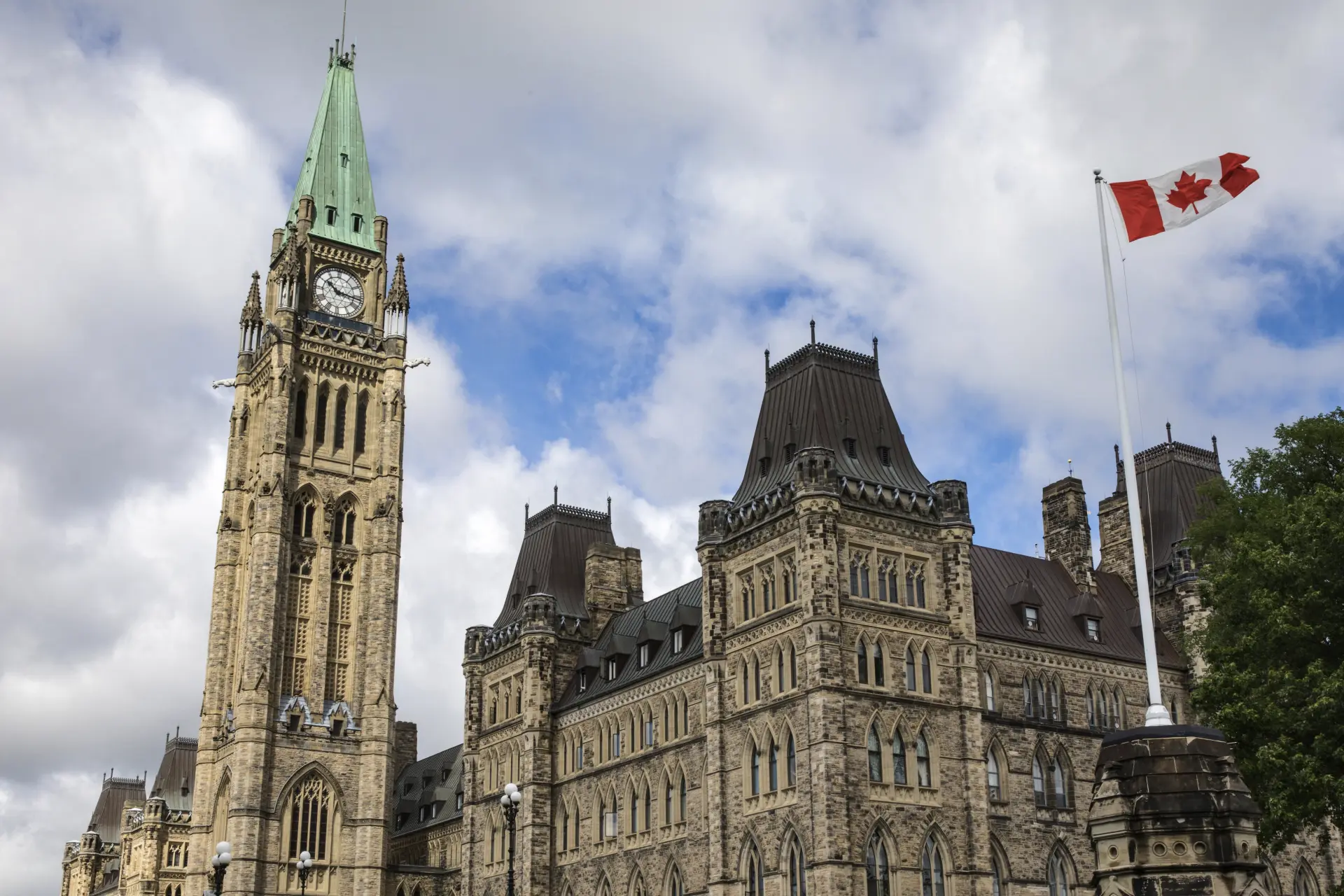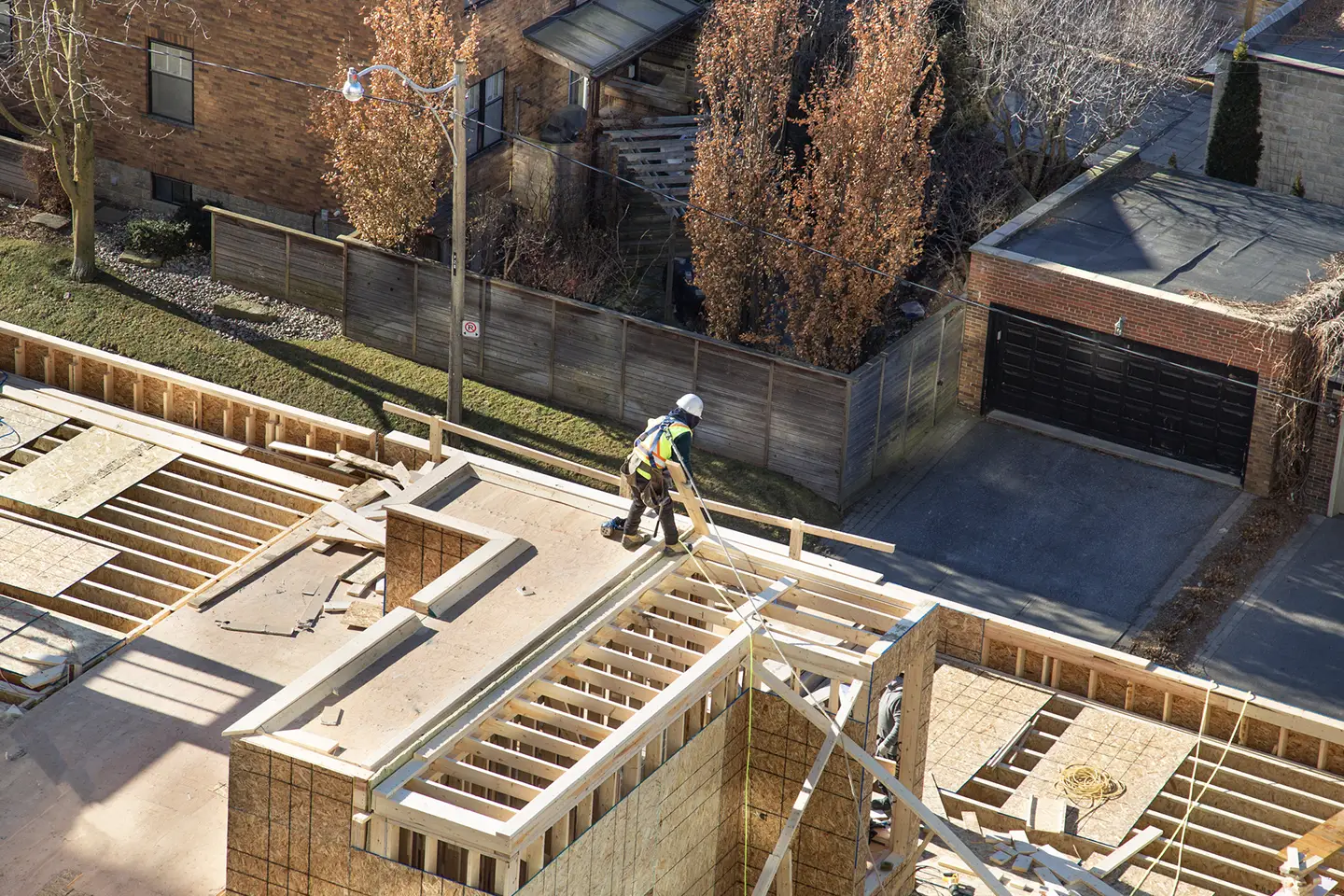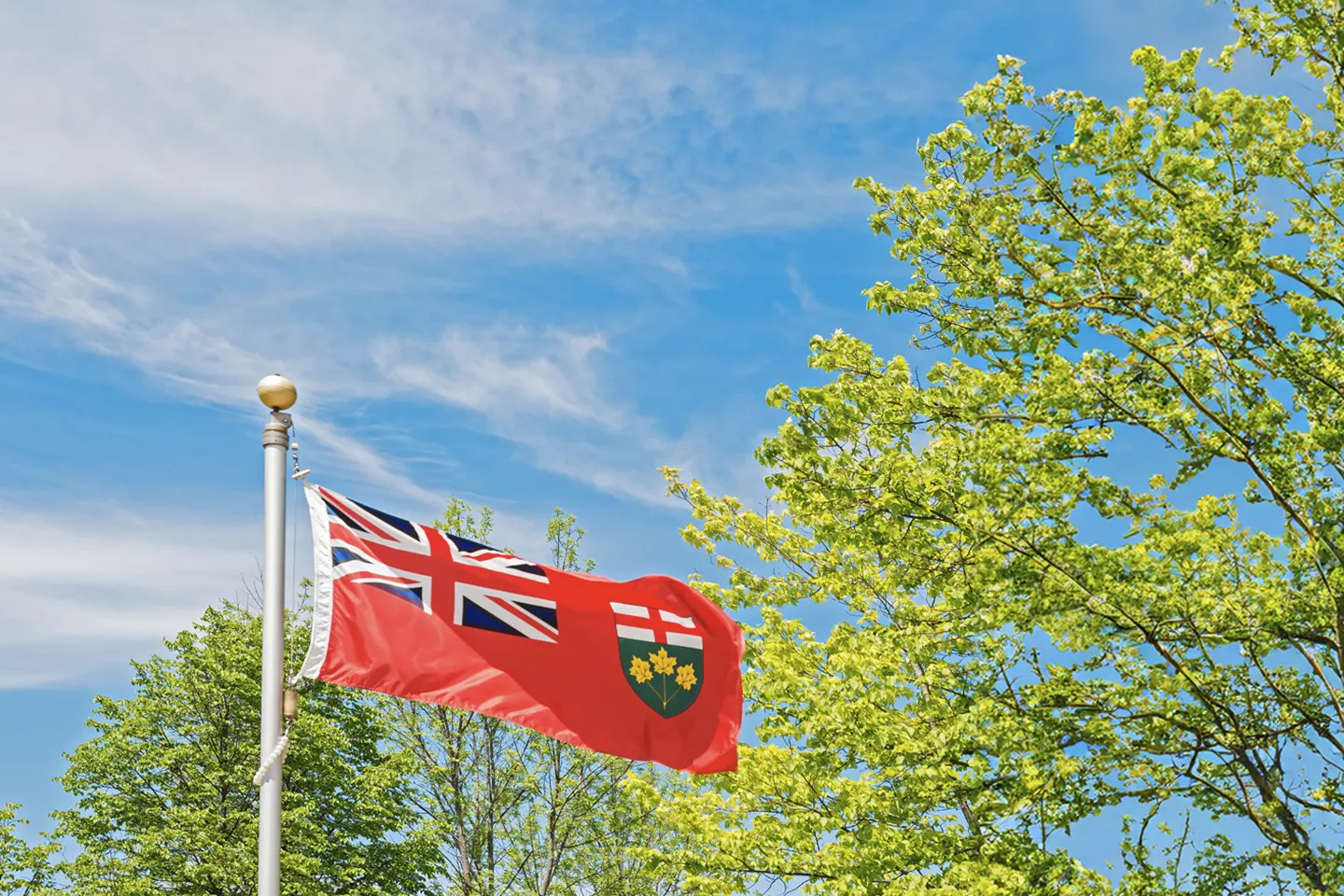Nanaimo-Lady Smith By-Election: Analysis & Implications for Election 2019

The By-Election held yesterday, in the British Columbia (BC) riding of Nanaimo-Ladysmith, was the last to be held before the upcoming 2019 Federal Election. The riding was previously held by NDP Sheila Malcolmson, and has now elected Green Party Candidate, Paul Manly.
This By-Election provides insights on the relative strengths of key Federal Parties and key electoral issues come the fall. With this in mind, Sussex provides analysis of the By-Election and its implications below.
Results:

Analysis:
Mr. Manly is only the second Green Party candidate elected to a federal seat* and previously ran for the seat in 2015 election under the NDP banner. Having come fourth, in 2015, with 19.8 per cent of the vote, the Green party increased their voter share by 17.5 per cent, to 37.3 per cent of the vote. The Green victory comes two weeks after Prince Edward Island (PEI) awarded the provincial Greens with opposition party status, marking the largest electoral victory for a green party in Canada to date. It is worth noting that the PEI Greens held a marginal lead in the polls for the later weeks of the campaign.
The Conservative support base in this riding remained unchanged. The party came in second with 24.8 per cent, compared to a 23.4 per cent in the 2015 election, when the Party came in third.
Arguably the biggest loser of the night, the NDP went from winning in 2015, with a voter share of 33.2 to third with 23.1 per cent last night. The By-Election adds to other By-Election defeats for the NDP in ridings the Party held since 2011. Mr. Singh’s 2019 prospects remain disappointing as his party’s polling numbers continue to drift further and further behind Conservatives and Liberals across the country. Its average support stands at 15.9 per cent—a level that would most likely mean that many NDP seats could change colour come next fall – particularly in Quebec.
Having failed to get elected in Nanaimo—Lady Smith since 1940, and given their polling numbers, the Liberals were not expecting sizable gains. That said, the Liberals went down from second during the 2015 red wave with 23.5 per cent of the vote, to fourth with 11 per cent. The drop by half in voter share is indicative of decaying support for the Liberals, particularly in BC, where the Government’s support for pipelines will be a key electoral issue.
Implications:
It is worth noting that By-Elections often focus on local issues, and as such don’t necessarily serve as referenda on political parties, or the government in office. The Green victory can be attributed to a number of factors, including the focus on climate change as a key electoral issue. As well as the discontent of the progressive vote with the Liberal Government and the lack of appeal of Mr. Singh’s NDP. Both factors provide the Green Party with growth prospects.
All eyes are on NDP Leader Jagmeet Singh. Opinion leaders, including Tom Mulcair, had commented that a loss for Mr. Singh in Burnaby South would have made it extremely difficult for him to stay on as leader. Having gotten elected to the House of Commons last February, Mr. Singh has failed to make himself more visible on the national political stage. At present, it appears unlikely that Mr. Singh will be able to turn around the NDP’s steady slide in the polls, let alone turn around the fortunes of the Party.
The Nanaimo—Ladysmith By-Election shows a split in the progressive vote. Should it carry onto the Federal Election, the Conservatives stand to claim a sizable increase in its number of seats in the House of Commons, benefitting from splits on the left and providing opportunity to take their current lead from a potential minority government to a potential majority.
_________________
* Former MP Bruce Hyer was elected running as a NDP candidate in 2011, then joined the Green Party of Canada in December 13, 2013, upping their number of seats in the House of Commons to two.


